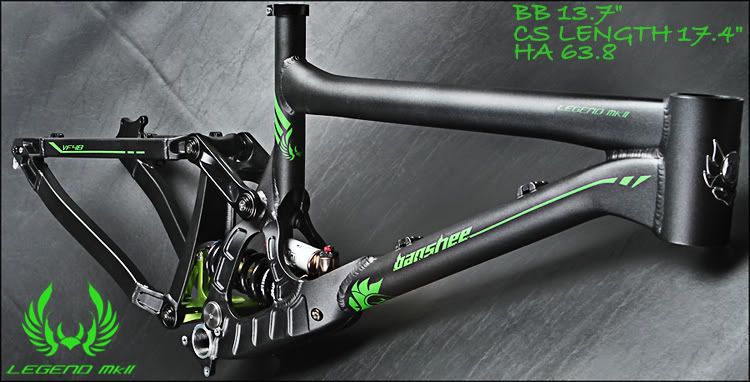Pivot Cycles Unveils New Mach 429SL
 Friday, December 12, 2014 at 9:40AM
Friday, December 12, 2014 at 9:40AM Pivot Cycles unveils the new half-pound lighter Mach 429SL Carbon with Shimano Di2 compatibility.
Mach 429SL Carbon Features
The half pound lighter Pivot Mach 429SL Carbon is the bike that you need when the course tests both your engine size and your handling skills. Dominate in any event with the newest version of our award winning 100mm 29er – a perfect combination of incredible racing efficiency and trail-worthy technical prowess. The space age chassis drops over 1/2lb (226g) via the use of leading-edge carbon fiber and our proprietary hollow-core, internal-mandrel process. This coveted production technology enables us to create best-in-class frames with the “lighter, stiffer, stronger” qualities that put the Mach 429SL Carbon at the top of the list. To achieve a huge reduction in weight and an increase in frame stiffness, our engineers looked for every possible advantage via optimizing the composite materials and lay-up structure in the 429’s huge, box-section downtube and bottom bracket area. From the tapered head tube to the highly-specific oversize rear triangle tube sections, nothing was left untouched when we made the Mach 429SL Carbon frame the lightest 29er chassis – with the best power transfer – available today.
For those seeking the top of the line in components and compatibility, the Pivot Mach 429SL Carbon is only the second production mountain bike in the world to be fully Di2 integrated (the Pivot Mach 4 Carbon being the first). Featuring Pivot’s Cable Port System, internal routing for any component is easy to install and maintain via large, easy to access ports and interchangeable covers. Riders have the ability to switch between a variety of cable routing options, allowing for the cleanest possible installation of wires, batteries and cables. Rest easy knowing that no matter what components or gearing you choose, now or in the future, we have you covered. Our race-winning, trail-slaying Mach 429SL Carbon geometry is tried, tested and confidence-inspiring. On the uphill, you benefit from the latest in dw-link® suspension design with a Fox Float Kashima Factory shock, performance-tuned specifically for the Mach 429SL Carbon.
You can expect World Cup level efficiency provided by dw-link®’s anti-squat characteristics, instant acceleration and unparalleled climbing traction. Downhill, the 100mm of dw-link® suspension performs like a longer travel bike – an incredibly capable ride in technical terrain and ready for record-setting descents, enhanced by the precise feel of 12 x 142mm rear spacing and the rollover qualities of the 29 inch wheel. The Mach 4SL Carbon is designed to work with 100 to 120mm forks, allowing for perfect rider optimization – shorter for your cross country weapon, longer for the ultimate in trail-handling.
Our mountain bikes feature the PF92 bottom bracket. Collaboratively developed by our engineers and Shimano, this allows for wider pivots and better bearing support, both of which contribute to increased frame stiffness and strength. Other essential details include post mount disc brake mounts for easy set up and weight savings, direct mount front derailleur for perfect shifting, stealth dropper compatibility and Enduro Max cartridge bearings throughout. Our 429SL frame will accommodate two water bottles of any size and boasts updated graphics for a sleek, race-inspired look. We take quality and workmanship seriously at Pivot, and know that the details are what make a great rider experience. Every Pivot Cycles frame undergoes a 28 step assembly and quality control check to ensure that the only thing you need to think about is the ride.
 29er,
29er,  Enduro,
Enduro,  Mach 429SL,
Mach 429SL,  Pivot Cycles |
Pivot Cycles |






























